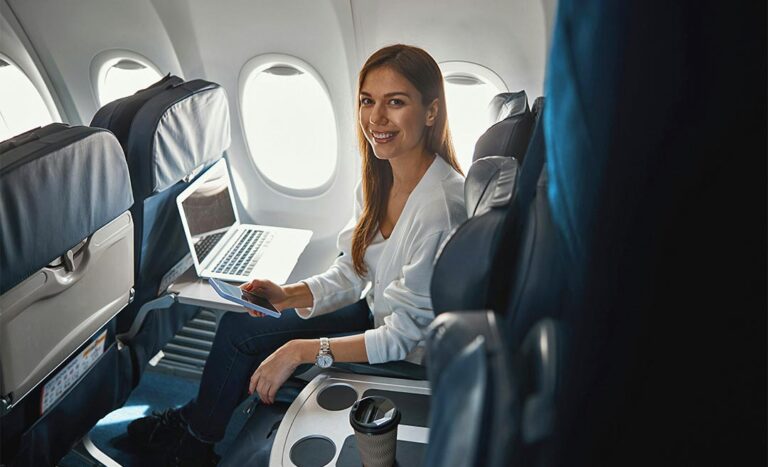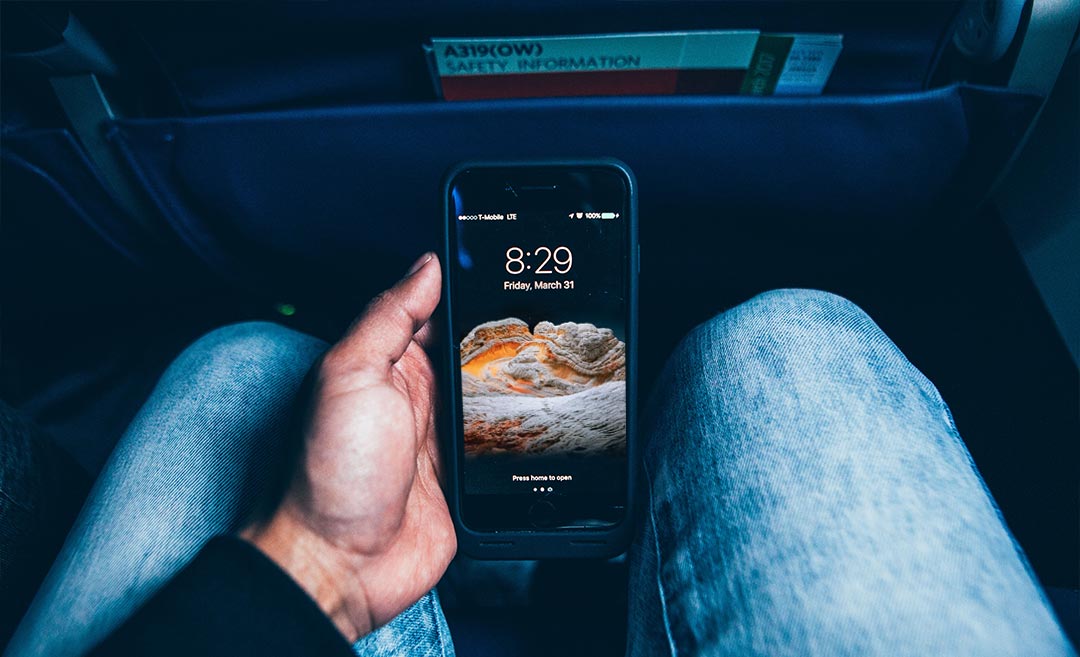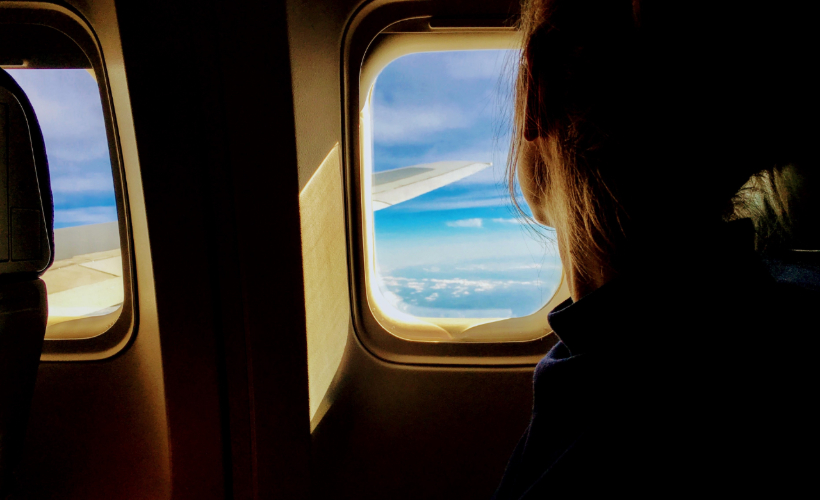Long-haul flights can be debilitating for the senses, making no difference whether the purpose is business or pleasure. Either one will test your patience as you’re sat in a cramped aeroplane seat for hours. Unless you’re flying Business or First Class, then flying is an entirely different experience.
However, the average person is likely to travel Economy, and with a bit of preparation and the right mindset, you can make the experience far more comfortable. You may even come to like flying long-haul! We’re not joking about these handy tips to help you navigate long-haul flights comfortably so you can even enjoy hours in the air.
1. Choose the right seat
The right seat can make all the difference on a long flight. If you enjoy stretching out, opting for an aisle seat is probably your best bet––you’ll have the freedom to get up without disturbing anyone. If you prefer resting against something, a window seat is ideal for leaning and staying undisturbed.
Some travellers even recommend paying a little extra for seats with more legroom, such as exit rows or premium economy. The key is to know what matters to you: easy access to the aisle or uninterrupted window-side relaxation. If you’re worried about turbulence, choose a seat either over the wings—closest to the aircraft’s centre of gravity—or towards the front of the plane.
2. Stay hydrated
The air inside aeroplanes is notoriously dry, which can dehydrate you quickly. Dehydration can leave you feeling fatigued and exacerbate jet lag symptoms. To combat this, drink water regularly throughout the flight. While flight attendants offer beverages, bringing your own refillable water bottle ensures you have water when needed.
Avoid alcohol and caffeine, as they can dehydrate you even further. Instead, sip on herbal teas if you want something warm and comforting.
3. Pack a travel pillow and blanket
Resting on a plane is easier with the right equipment. A good travel pillow can significantly improve your sleep by providing comfortable neck support. While airlines usually offer blankets, bringing your lightweight blanket or large scarf will keep you warm and snug, especially if the cabin gets chilly. Having your own gear also eliminates the need to rely on the sometimes thin and scratchy blankets most airlines provide.
4. Bring noise-cancelling headphones or earplugs

Long flights come with their share of noise: crying babies (they’re allowed to travel too), loud conversations, and the constant hum of the engine. Investing in a pair of noise-cancelling headphones can block out these distractions, allowing you to sleep or relax with your music or movie.
If noise-cancelling headphones aren’t in your budget, a pair of good-quality earplugs will do wonders to muffle background sounds. Frequent flyers swear by them to improve the quality of their rest.
5. Move around regularly
Sitting for long periods can cause discomfort and even increase the risk of deep vein thrombosis (DVT), a severe condition where blood clots form in the legs. Make a point to stretch and walk around every couple of hours.
Simple exercises, like stretching your legs and rotating your ankles while seated, can also help improve circulation. Some passengers like to do yoga-inspired stretches in the aisle, which helps relieve tension from long hours of sitting.
6. Dress for comfort, not for fashion
Airplane cabins are known for fluctuating temperatures, so dressing in layers is key. Opt for soft, loose-fitting clothing that allows you to move freely and feel comfortable for hours. An ideal combination is a breathable T-shirt with a light sweater or hoodie.
Compression socks are also highly recommended for long flights, as they help promote blood flow and reduce swelling in your feet and legs. And don’t forget a warm pair of socks or slippers to wear once you’re on board.
7. Be entertainment ready
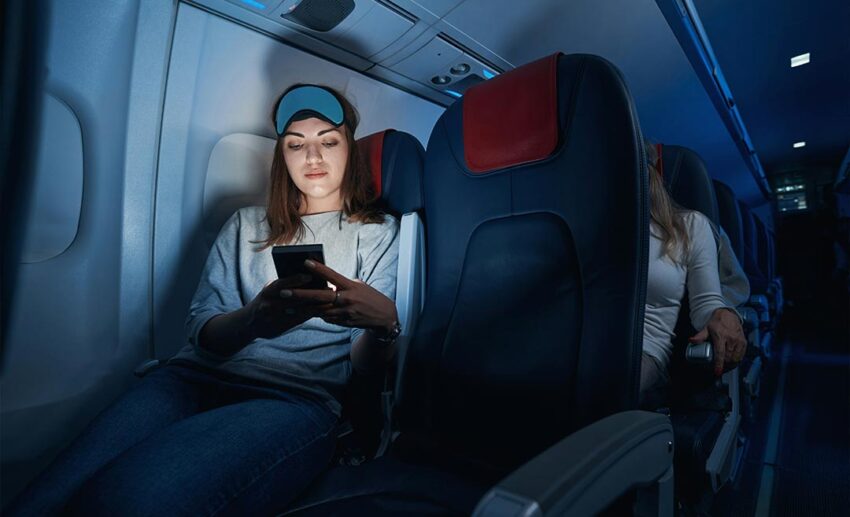
In-flight entertainment options have improved, but you may not always love the available movies or TV shows. And if you’re a frequent flyer, you may be bored of the repeated choices.
So, load your tablet, phone, or e-reader up with content you enjoy. Download some favourite TV series, podcasts, audiobooks, or games that don’t require an internet connection. Keeping yourself engaged and entertained can sometimes make a long-haul flight feel like a short one.
8. Create a sleeping routine
Getting quality sleep on a plane is tricky, especially in Economy, but crucial for surviving long-haul flights. Set yourself up for success by mimicking your home sleep routine as much as possible. Start by setting your watch to your destination’s time zone as soon as you board to adjust mentally.
Wear a sleep mask to block out light, and use earplugs or headphones to reduce noise. You might also want to bring a light sleeping aid, such as melatonin or an herbal supplement, to help you relax.
**Please seek advice from health professionals before opting for any sleeping aids.
9. Bring your own snacks
Airline food isn’t always filling; on longer flights, you may have to go several hours between meals. Packing your own snacks gives you full control too, especially if you want something healthy and satisfying.
Opt for light, portable options like nuts, dried fruit, or protein bars. It’s a good idea to avoid heavy, greasy foods that can make you feel sluggish or upset your stomach during the flight.
10. Mentally prep for jet lag
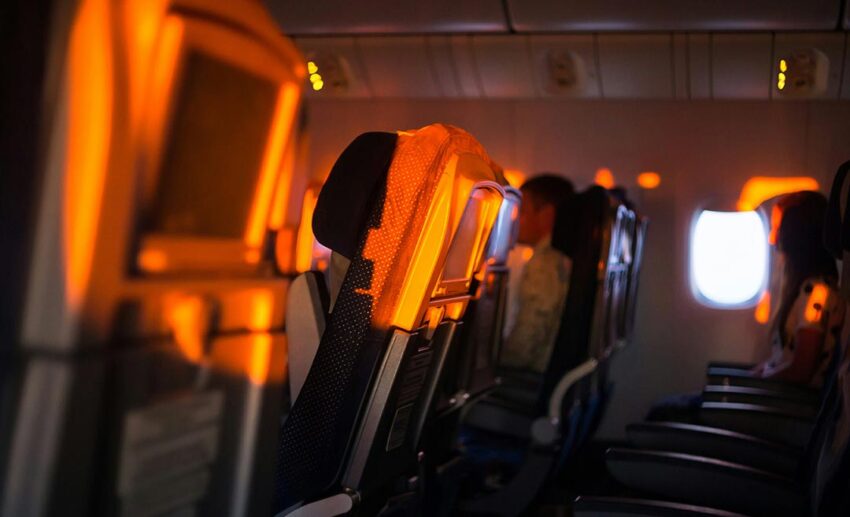
To minimise jet lag, adjust your sleep schedule before your flight, sync your activities with your destination’s time zone, stay hydrated, avoid alcohol and caffeine, and spend time outside in natural light upon arrival.
